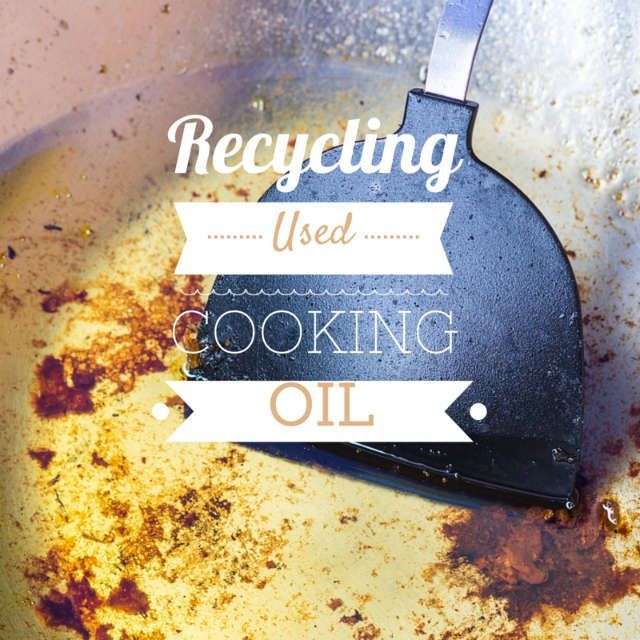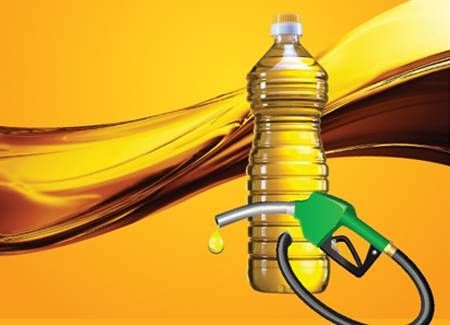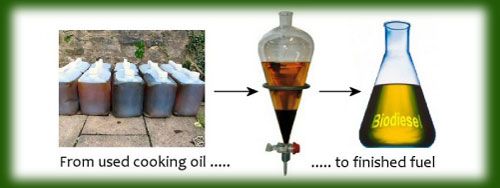RECYCLING USED COOKING OIL
EXPLORE THE BENEFITS OF RECYCLING USED COOKING OIL
Explore the Benefits of Recycling Used Cooking Oil with Greenie's Fuel Solutions...
Used cooking oil can be recycled into biodiesel through a process called transesterification, where fats and oils are converted into biodiesel and glycerin. This process involves reacting oil or fat with a short-chain alcohol and a catalyst to produce biodiesel and glycerin. Biodiesel production from waste cooking oil is environmentally friendly, providing renewable energy with lower pollution levels
The journey from used cooking oil to fuel involves collecting the oil from restaurants, filtering it to remove food particles, and transporting it to refineries where it is processed into biodiesel or renewable diesel.
Used cooking oil is combined with other feedstocks to produce quality biodiesel that meets industry standards. The demand for biofuels has increased the value of used cooking oil, making it more expensive than fresh oil due to its various uses, including biodiesel production.
Recycling used cooking oil for biodiesel production not only reduces waste but also contributes to
cleaner energy sources and lower carbon footprints. Projects like the one in Guatemala City demonstrate the potential of producing biodiesel from recycled cooking oil on a larger scale for powering vehicles, benefiting both the environment and society.
how is used cooking oil collected for biodiesel production
- To collect used cooking oil for biodiesel production, a systematic process is followed to ensure efficiency and quality.
Here is an overview of how used cooking oil is collected for biodiesel production:
- Collection Process:
- Restaurants, schools, grocery stores, and hotels are common sources of used cooking oil.
- Companies like Cache Valley By Products collect the oil from various establishments, balancing delivery and collection by using specialized tanker trucks.
(CVBP Collects the oil - transported to Greenie’s for filtration - sent for refinery)
- The collected oil is then transported to depots where it undergoes filtration to remove food particles before being sent to refineries.
- Quality Control:
- The collected oil is tested for quality control before being processed into biodiesel or renewable diesel.
- Used cooking oil is combined with other feedstocks to produce biodiesel that meets industry standards
- Environmental Impact:
- Recycling used cooking oil for biodiesel production reduces waste and contributes to cleaner energy sources with lower carbon footprints.
- Biodiesel produced from waste cooking oil has a significantly lower carbon footprint compared to traditional petroleum diesel.
- Economic Value:
- Due to the increased demand for biofuels like biodiesel, the cost of used cooking oil has risen, making it more valuable than fresh oil.
- The demand for green diesel and biodiesel has driven up the value of used cooking oil, making it a sought-after commodity in various industries.
By following these steps and considerations, the process of collecting used cooking oil for biodiesel production ensures a sustainable and efficient utilization of this waste product for renewable energy purposes.




